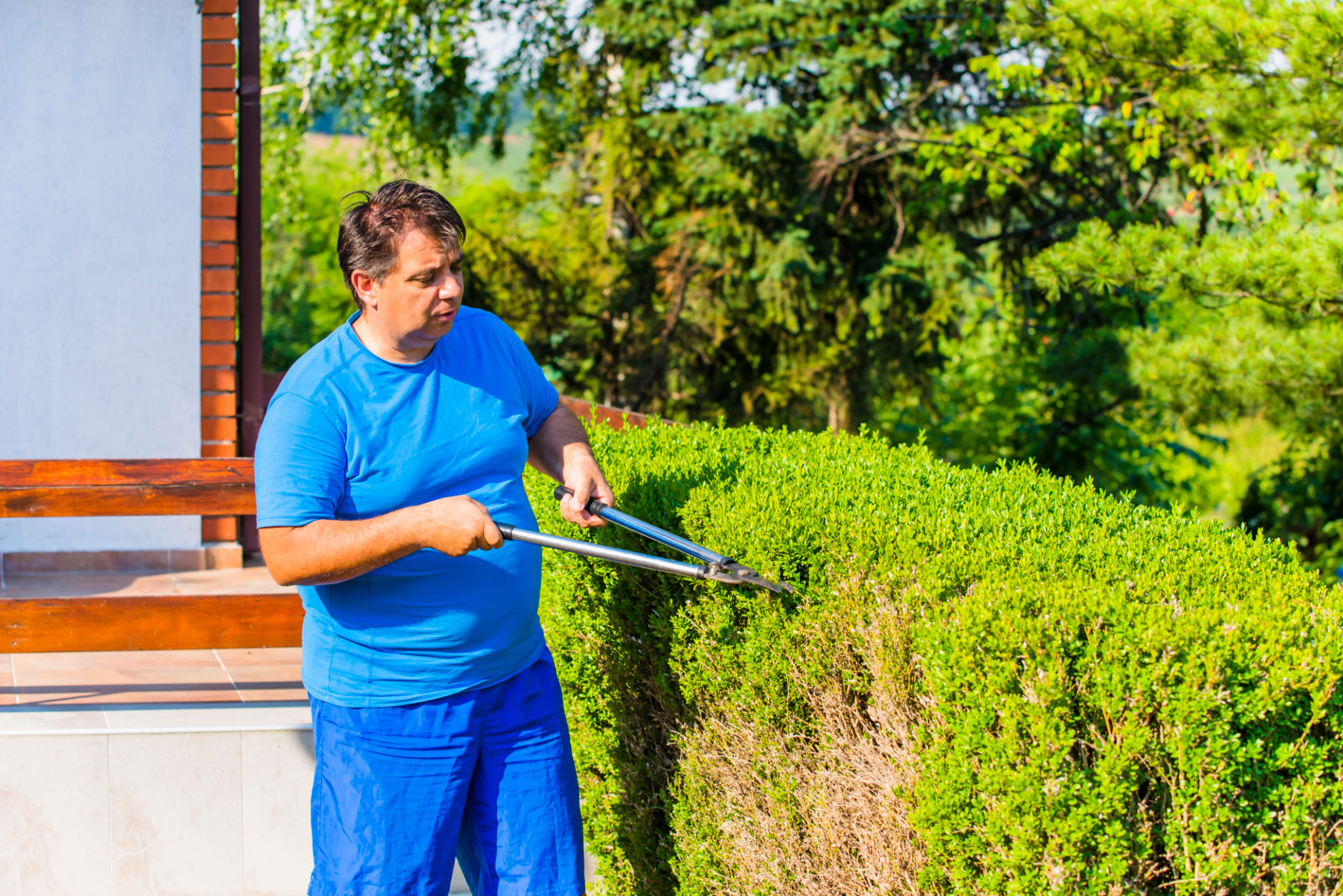The Ultimate Guide to Pressure Washing Your Home and Driveway
Why Pressure Wash Your Home and Driveway?
Pressure washing is an effective way to maintain the exterior of your home and driveway, enhancing curb appeal and prolonging the life of your surfaces. Over time, dirt, grime, mold, and mildew can accumulate on these surfaces, making them look old and worn out. Regular pressure washing can easily remove these contaminants, leaving your home looking fresh and clean.
In addition to improving aesthetics, pressure washing can prevent damage caused by buildup. For example, mold and mildew can eat away at your home’s paint or siding, leading to costly repairs. By investing in regular pressure washing, you can protect your property and save money in the long run.

Choosing the Right Equipment
Before you start pressure washing, it's essential to choose the right equipment for the job. There are two main types of pressure washers: electric and gas-powered. Electric pressure washers are generally more suitable for small projects, such as cleaning patios or decks, while gas-powered washers offer more power and are better suited for larger areas like driveways and house exteriors.
Consider the PSI (pounds per square inch) and GPM (gallons per minute) ratings when selecting a pressure washer. Higher PSI means more cleaning power, while a higher GPM will allow you to cover larger areas more quickly. For most residential projects, a washer with 2000 to 3000 PSI and 2 to 3 GPM should suffice.

Safety Precautions
Pressure washers can be hazardous if not used correctly. Always wear protective gear such as safety goggles and gloves to protect yourself from flying debris and high-pressure water jets. Avoid pointing the nozzle at people, animals, or delicate objects.
Be cautious around electrical outlets and wires. Water and electricity are a dangerous combination, so ensure that all electrical components are dry before starting your project. If you're unsure about handling the equipment safely, consider hiring a professional.
Preparing Your Home and Driveway
Before pressure washing, prepare the area by removing any obstacles or items that may get in the way or be damaged by water. This includes outdoor furniture, potted plants, and vehicles. Cover any electrical outlets or fixtures with plastic sheeting to protect them from water damage.
It's also wise to perform a spot test on a small, inconspicuous area to ensure that the pressure washer settings won't damage your surfaces. This is particularly important for older homes with delicate siding or paint.

Step-by-Step Pressure Washing Guide
- Set up your equipment: Connect the pressure washer to a water supply and attach the correct nozzle for your task.
- Start with detergent: Apply a suitable detergent to the surface using a low-pressure setting. Let it sit for 5-10 minutes to break down dirt and grime.
- Rinse: Switch to a higher pressure setting and begin rinsing from the top down, ensuring thorough cleaning of every spot.
- Final touches: Inspect the surfaces for any stubborn stains or missed areas. These may require additional focus with a scrub brush or repeat cleaning.
Maintaining Your Surfaces Post-Wash
After pressure washing, consider applying a sealant to your driveway or siding to protect it from future stains and damage. This step helps maintain cleanliness for longer periods and reduces the frequency of future washes.
Regular maintenance is key. Keep your outdoor areas free of debris and address any new stains promptly to prevent buildup. A well-maintained exterior can enhance your property's value and appearance year-round.
